For the technical Lean Startup founder, the central challenge is efficiency. You are the architect, the developer, the QA tester, and the DevOps engineer, all rolled into one. Your time is a finite resource, and every line of code you manually write represents a day's delay in reaching the next crucial milestone.
While visual, low-code platforms (like Bubble or FlutterFlow) are vital for the non-technical founder, they introduce friction for the experienced coder and often sacrifice performance for accessibility.
The true next-generation leverage for the technical Solopreneur lies in AI-Powered Development Environments like Cursor and Replit (Ghostwriter). These tools don't replace the coder; they turn one coder into a small, highly efficient engineering team—the true "10x Coder."
This category maximizes the speed of the Build-Measure-Learn loop by dramatically accelerating the Build phase while simultaneously reducing the time spent on the inevitable Measure and Learn (debugging, testing, and refactoring) cycles. The result is the fastest path to a scalable, production-ready MVP that retains total code ownership.
The Strategic Trade-Off: Code Control vs. AI Autonomy
Before adopting any AI tool, a technical founder must understand the fundamental trade-off:
AI-Powered IDEs are the choice for founders who prioritize architectural purity and long-term TCO (Total Cost of Ownership) over the immediate, often-fragile speed of fully autonomous generation.
Deep Dive I: The Command Center (Cursor & Terminal Tools)
Cursor is an AI-first fork of VS Code, designed to integrate LLM intelligence directly into the sacred space of the developer: the file editor and the terminal. Its power is not in generating a massive app from scratch, but in dramatically reducing the time spent on the friction of daily coding.
1. The Power of "Codebase Comprehension"
A Solopreneur constantly context-switches—from backend API development to frontend styling to database migration scripts. This context-switching is the biggest killer of velocity.
Traditional Problem: You spend 20 minutes reading an old file ("Where did I define that handlePaymentIntent function?") before you can write a new line of code.
Cursor's Solution: Cursor allows you to ask questions about your entire codebase in plain English, instantly. "Where is the users collection initialized and what fields does it contain?" The AI answers with file references and code snippets, essentially giving the founder instantaneous memory recall across thousands of lines of code. This dramatically accelerates the Build and Learn phases.
2. Eliminating Debugging and Refactoring Friction
The true TCO of an application often lies not in writing the code, but in fixing it.
Debugging Speed: When an error trace pops up, you can paste the stack trace directly into the Cursor chat. Instead of Google searching for hours, the AI immediately points to the faulty line of code, suggests a fix based on the file context, and can even write the unit test to ensure the bug never returns. This converts hours of frustrating Measure/Learn cycles into minutes.
Refactoring on Demand: The founder needs to pivot the technology stack (e.g., move from a JavaScript callback structure to a modern async/await pattern). Cursor can refactor entire files or folders with a single prompt, preserving the functionality while updating the underlying architecture. This allows the founder to keep the codebase modern and efficient without paying the high price of manual rewrites.
3. Terminal and Infrastructure Automation
Beyond the IDE, foundational LLMs like Gemini and Claude Code are being integrated directly into the terminal, often via custom scripts or developer-focused CLIs.
The DevOps Multiplier: Infrastructure setup is non-differentiating but time-consuming. Instead of spending hours reading AWS documentation, you can ask a tool: "Write me a Bash script to deploy the contents of my /dist folder to S3 and invalidate the CloudFront cache." The tool instantly generates the complex, multi-step script. This is how the Solopreneur manages complex infrastructure without hiring a dedicated DevOps engineer.
Deep Dive II: The All-in-One Cloud Environment (Replit)
Replit is the ultimate AI-native cloud IDE, offering a full environment that handles the entire pipeline from coding to hosting. For the Lean technical founder, it solves the problem of "setup debt."
1. Zero Setup, Instant Deployment
A traditional workflow requires: setting up a local editor, installing dependencies, configuring a database, pushing to Git, setting up a hosting provider, and configuring environment variables. This setup is a massive drain of time.
Replit's Solution: Replit provides a browser-based environment that is already connected to Git, already configured with databases (like PostgreSQL or their proprietary databases), and offers instant, global hosting via a single button click. This allows the founder to move from idea to production deployment in minutes, not days. The build-measure-learn loop becomes instantaneous.
2. Ghostwriter: The AI Pair Programmer
Replit's integrated AI, Ghostwriter, functions as a constant pair programmer, accelerating the manual process of creation:
Code Generation: It can generate boilerplate functions, suggest the next logical line of code, and write documentation.
Full-Stack Context: Because Replit understands the entire environment (the file system, the installed dependencies, the running database), its suggestions are highly contextual and relevant, minimizing the need for manual corrections.
3. Collaboration for the Early Team
While focused on the Solopreneur, Replit is also designed for seamless, real-time multi-user collaboration. As the founder brings on their first contractor or intern, they can jump into the same Replit environment instantly, eliminating complex setup and environment configuration differences ("It works on my machine!") that traditionally plague early-stage teams.
The Irrefutable Case for Code Ownership: TCO and Funding
The choice to use AI-Powered IDEs is not just about speed; it's a strategic financial decision that de-risks the entire startup journey.
1. Minimal TCO and Optimal Scaling
Because these tools generate standard, clean code, they offer a massive advantage in Total Cost of Ownership (TCO):
Cheaper Hosting: Standard code can be hosted on the most optimized, lowest-cost cloud providers (AWS, Google Cloud, Vercel). You are not locked into the high-cost hosting rates of a proprietary low-code platform.
Performance: You maintain control over low-level optimization. You can ensure database queries are highly efficient, preventing the "surprise bill" from inefficient, auto-generated code that plagues some Agentic Builders.
Predictable Cost: Your major costs are hosting and developer time, both of which are predictable and scale with your user base, not with complex, premium connector licenses.
2. The Investor and CTO Mandate (The Due Diligence Filter)
When a Lean Startup successfully finds PMF and looks to raise a seed round, they face the Due Diligence Filter. Investors and the first future CTO they hire will evaluate the technology stack for two things: Risk and Recruitability.
Recruitability: A CTO wants to hire engineers proficient in industry-standard languages (React, Python, Go, Node.js). They do not want to hire specialized, high-cost developers proficient in a proprietary visual builder's formula language. A clean Git repository of standard code makes the company instantly more attractive to top-tier engineering talent and significantly easier (cheaper) to hire for.
Funding Risk: Investors view proprietary lock-in as a massive risk. A codebase that is a black box, or one that would require a $100,000 rewrite to scale, immediately reduces the valuation and increases the perceived risk. Code generated in Cursor and stored on Replit is a clean asset. It shows the investor that the founder built the product with a sustainable, future-proof architectural vision.
The Lean Founder’s AI-IDE Playbook
For the technical Solopreneur, maximize the power of AI-IDEs by using them for high-leverage tasks where manual coding is the biggest time sink:
Complex Algorithms: Use the AI to generate complex sorting, filtering, or machine learning preparation functions that would take hours to manually structure.
Full Unit Test Coverage: This is the highest leverage task. Ask the AI to write comprehensive unit and integration tests for all your existing functions. This investment in automated testing de-risks deployment and makes future debugging trivial.
API Integration Scaffolding: Building custom wrappers for external APIs (e.g., Twilio, Stripe, etc.). Ask the AI to handle the boilerplate fetch or request logic and error handling, allowing you to focus only on integrating the specific business logic.
Schema and Migration Scripts: Use the AI to instantly draft database schema definitions (e.g., PostgreSQL table definitions) or database migration scripts. This ensures data integrity is established quickly and correctly.
The Golden Rule: The founder always defines the what (the architecture, the file names, the functions), and the AI defines the how (the syntax, the boilerplate, the error handling). This preserves human control while maximizing machine speed.
The Final Word: Sustainable Velocity
The AI-Powered IDE revolution is about sustainable velocity. It’s not about shortcuts; it’s about superior tooling.
The technical Solopreneur, armed with Cursor for focused editing and debugging, and Replit for seamless deployment and collaboration, is no longer just a single developer. They are a highly efficient, single-person software factory, producing clean, standard, and highly scalable code—the absolute highest-value asset for any Lean Startup planning for long-term success and growth.
This is the ultimate leverage for turning a technical idea into a fundable, scalable reality.
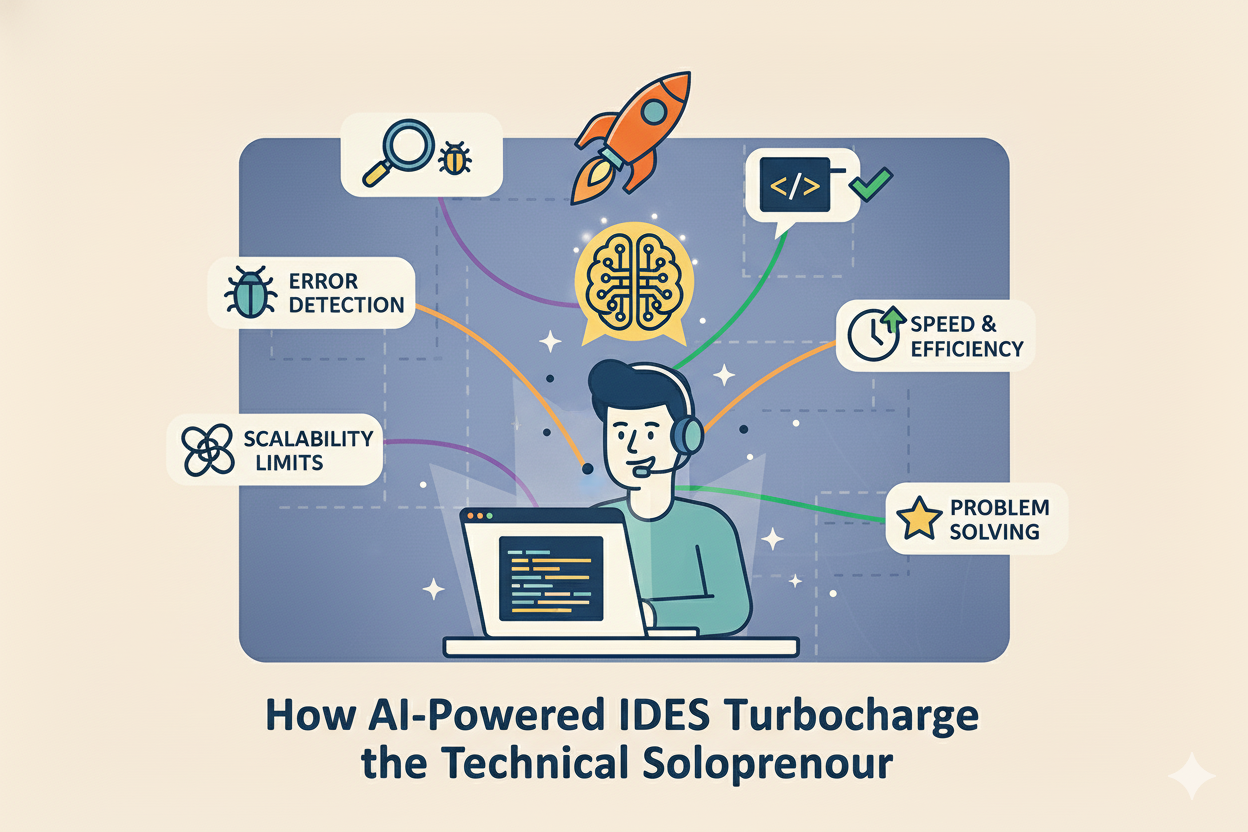
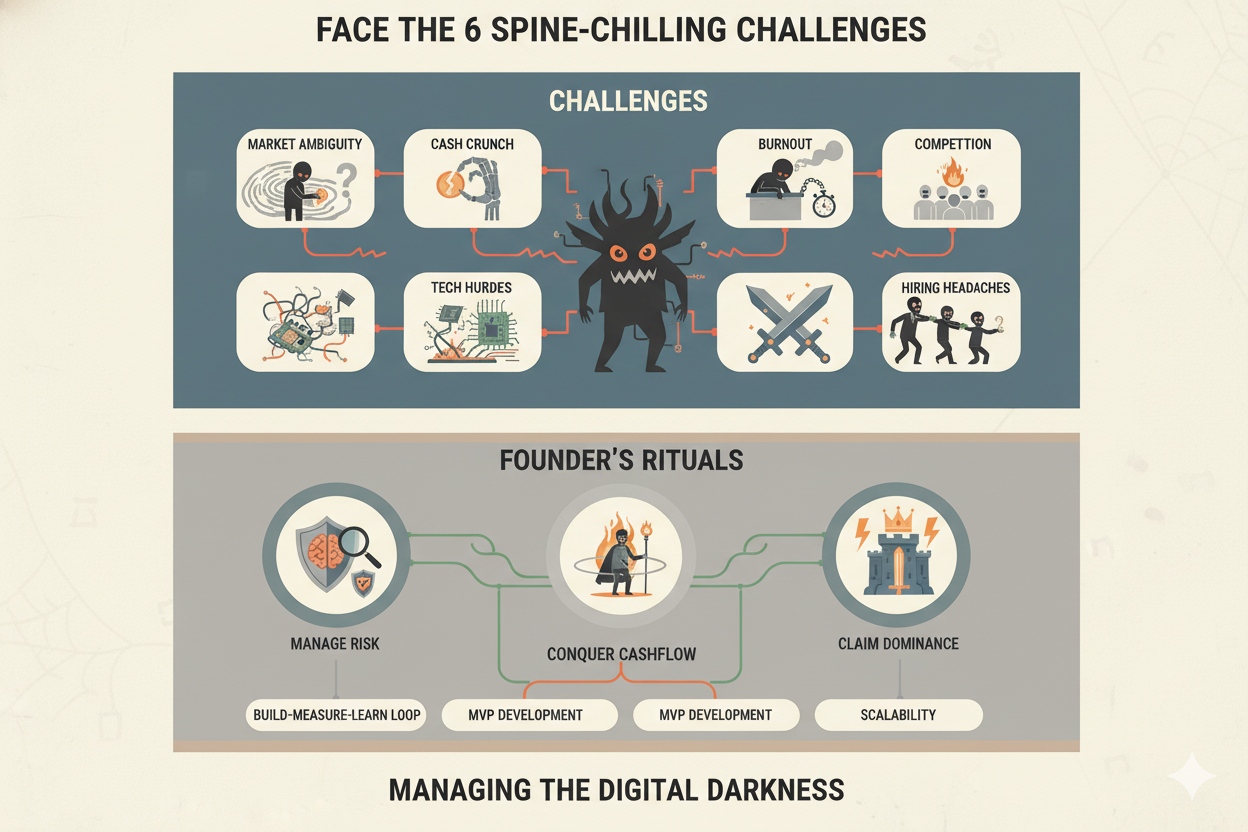
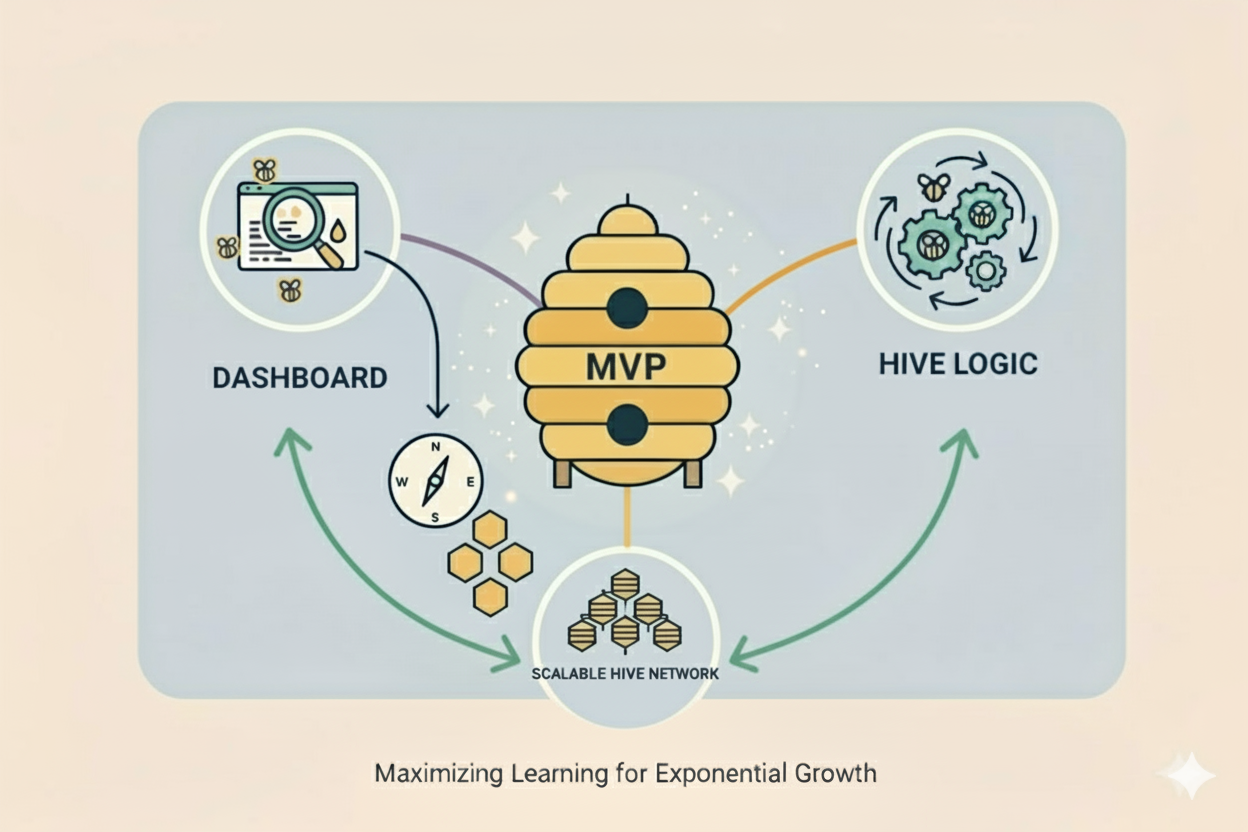
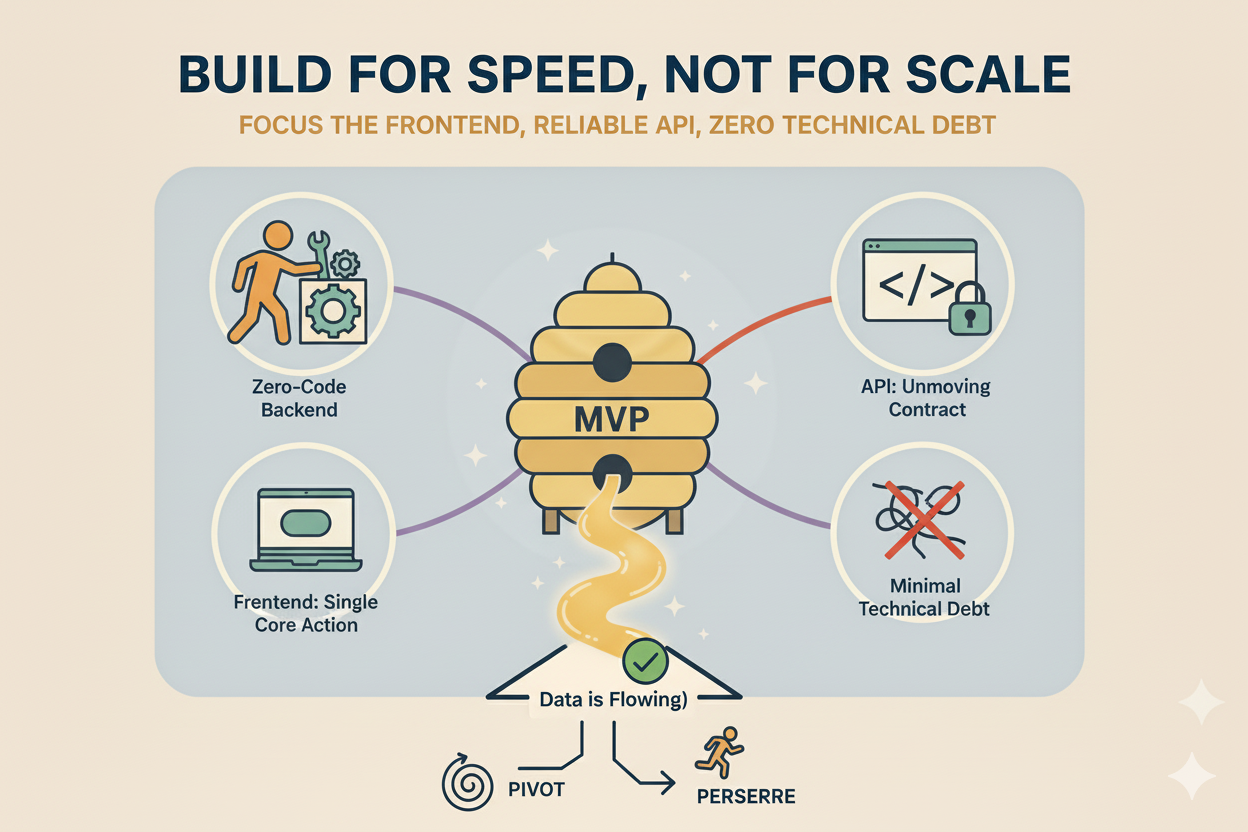
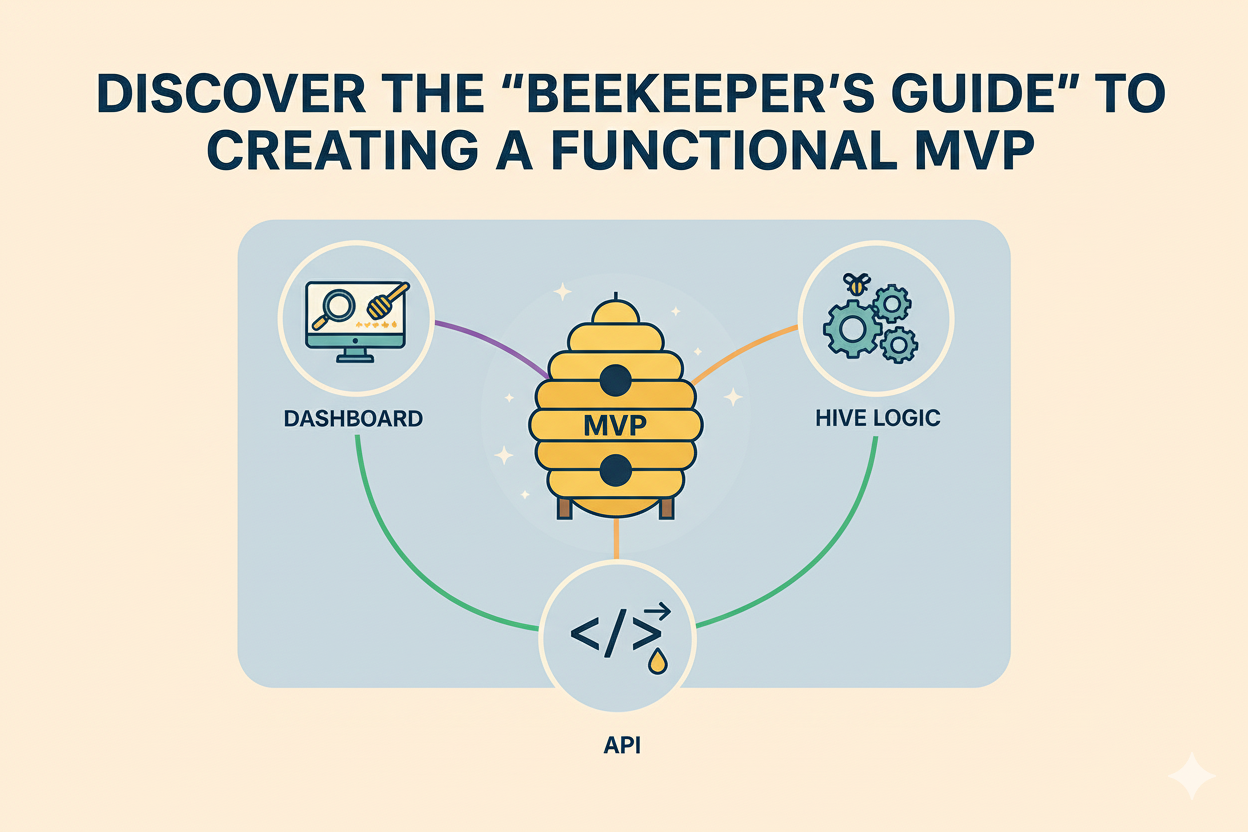
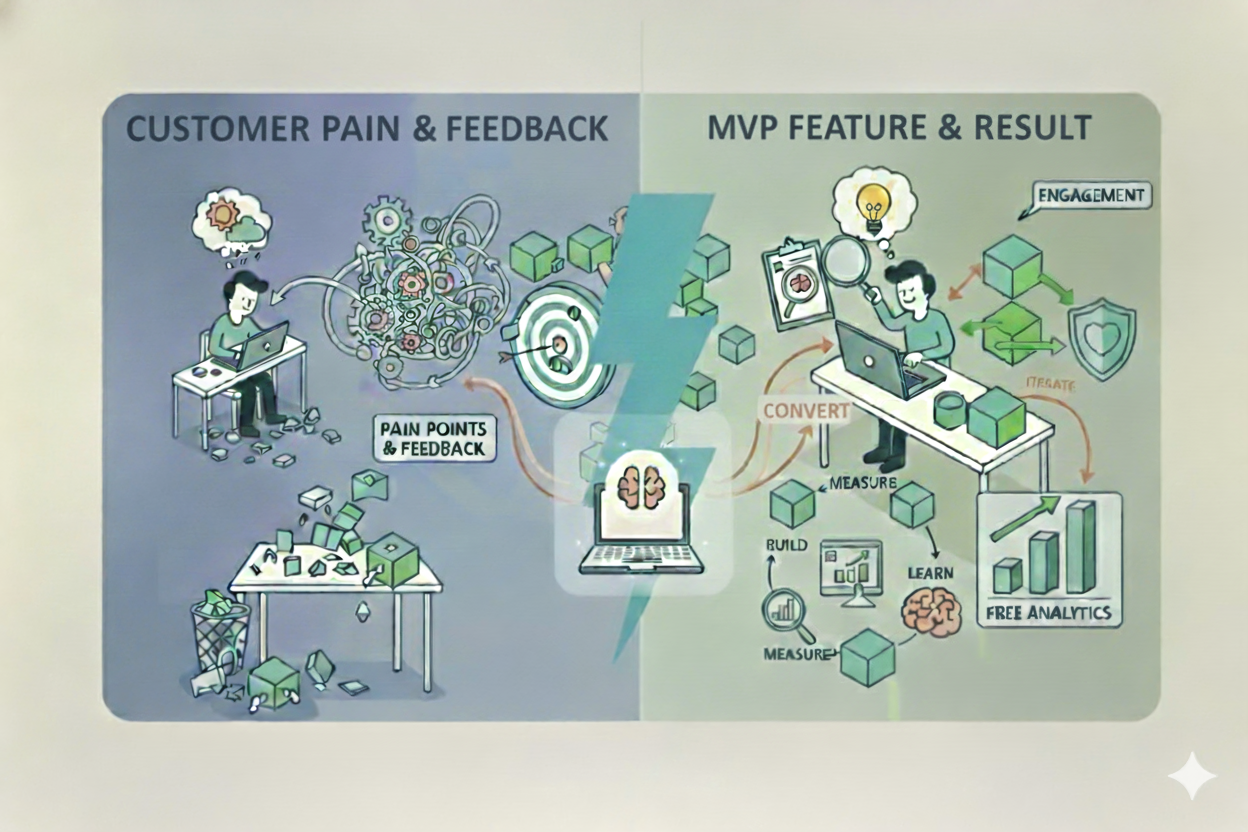
No comments yet
Be the first to share your thoughts on this article!